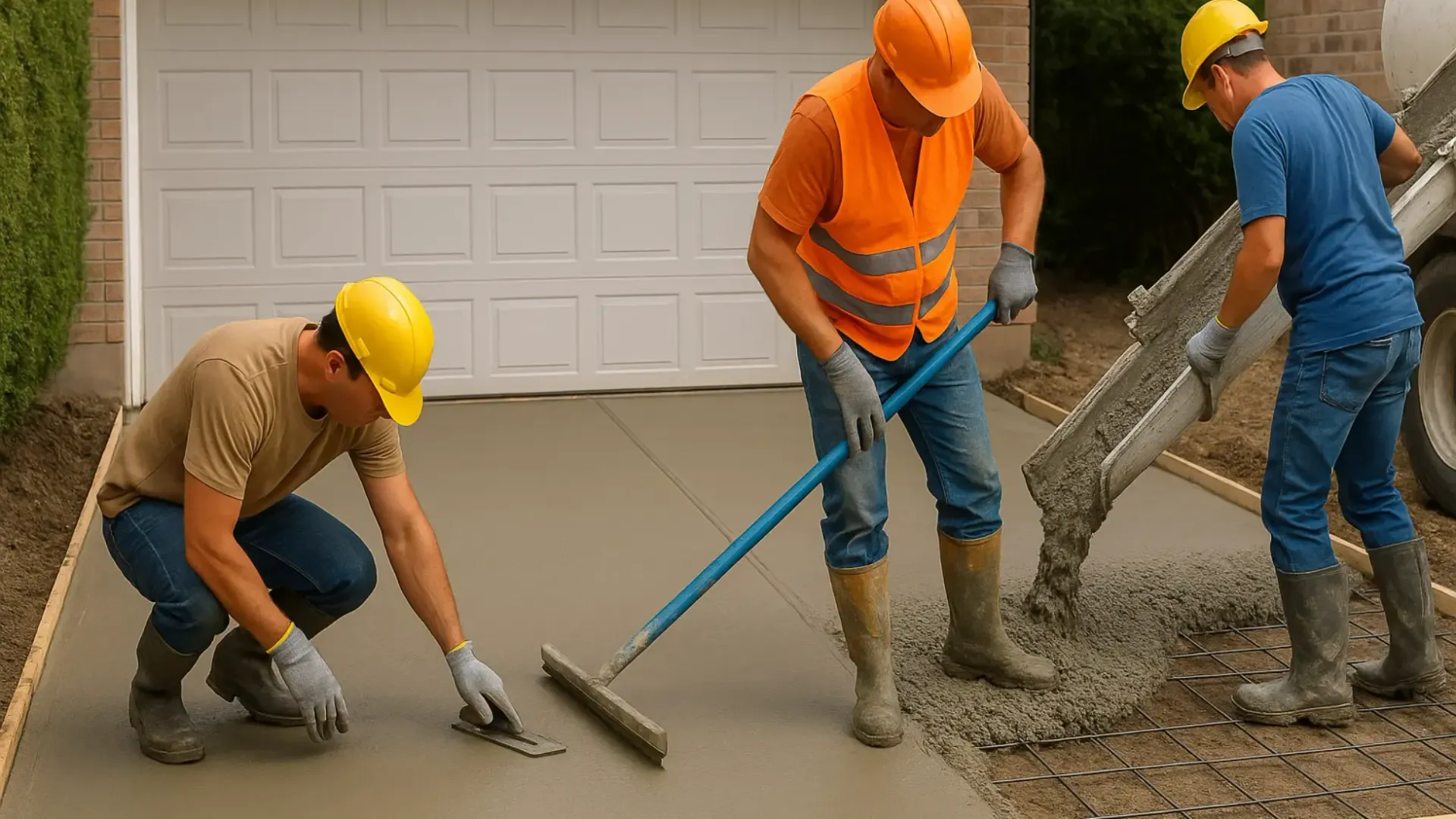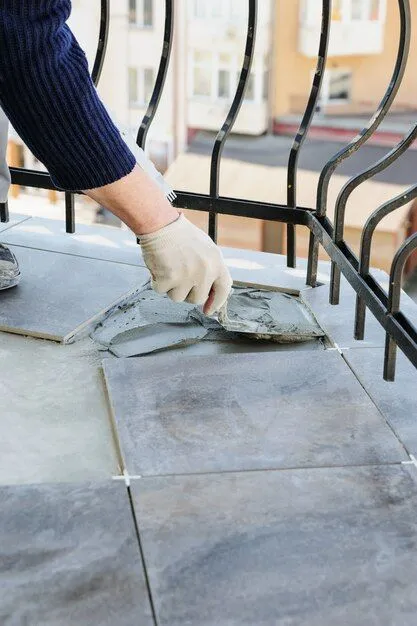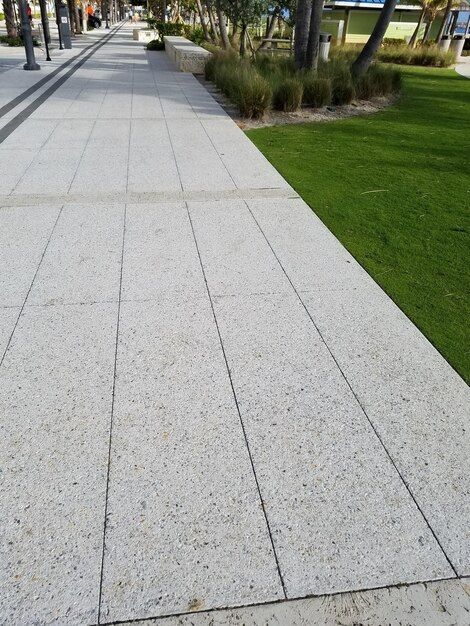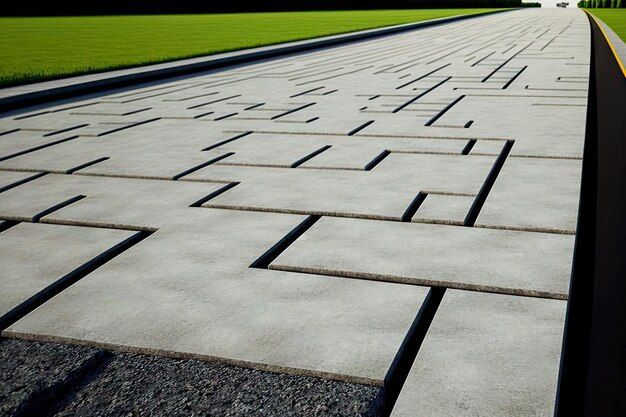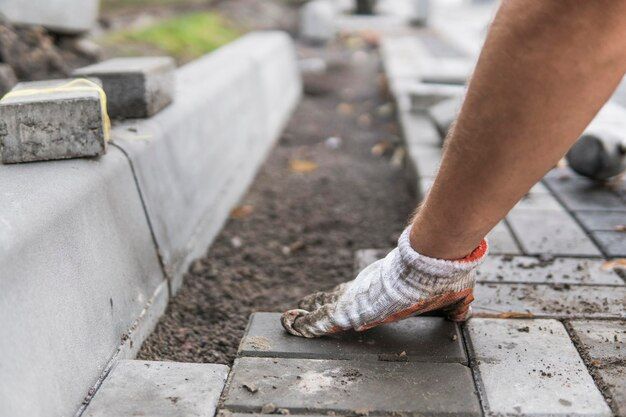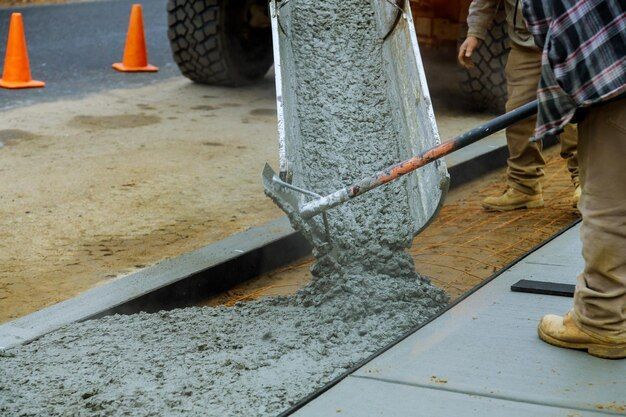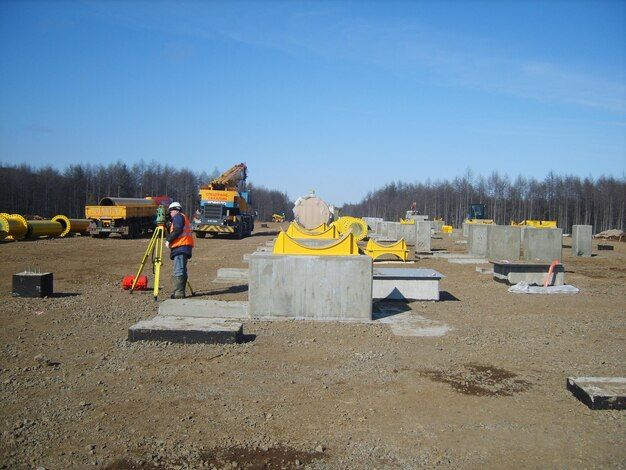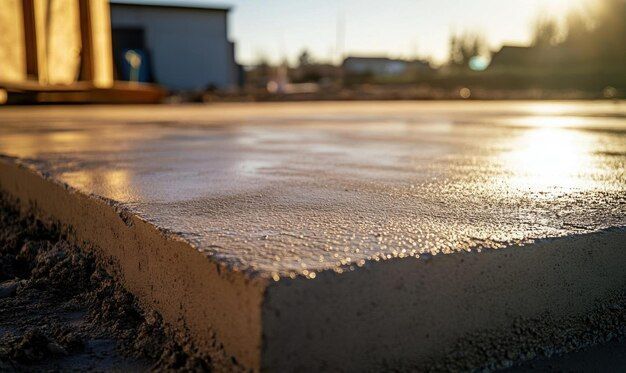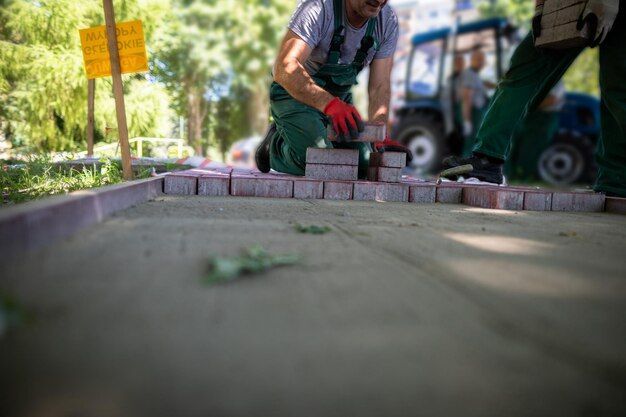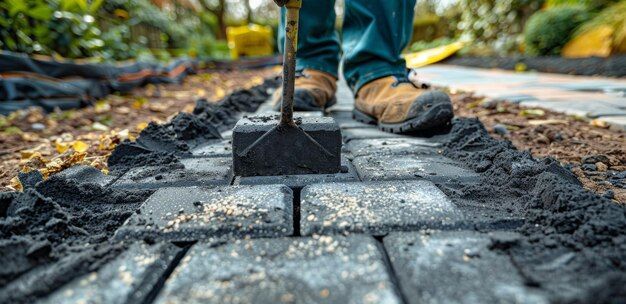Concrete patching is the best approach for mending larger and wider cracks in concrete. For this, engineers use a concrete patching compound. You can use a specific liquid filler or concrete sealer to fill in small gaps smaller than 1/4 inch wide. Repair workers frequently use trowels to apply patching materials that have been combined with water.
They might be sanded and smoothed to mix in with the rest of the surface. Because of its newer concrete appearance, the patch's color may not match the rest of the building. To hide the remedy, use high-quality concrete paint. We'll look at some of the contributing elements to concrete cracking:
What Causes Concrete Cracks?
Incorrectly closed concrete seams can lead to hairline cracks over time. Sealers can now preserve concrete surfaces from a variety of dangers. Architects and engineers believe unsealed concrete is more sensitive to friction, wear, and tear.
Poor drainage, high temperatures, seepage, the soil shifting, and foundation fissures can create more severe fractures. Call a specialist if you see a significant fracture in the concrete, especially if it appears out of nowhere.
Experts should also analyze the building's structural integrity and the surrounding environment. Also, have any cracked or uneven concrete on the building's sides leveled by a professional. Experts say improper removal of the top and concrete floors can cause serious complications.
Types Of Concrete Cracks
If the carbonation process continues for an extended period, concrete may absorb atmospheric CO2 gas. A chemical reaction may occur due to the high amount of lime in cement, making the concrete even more acidic. That results in the steel bars rusting and expanding, which causes the cement to break. You can check this with a pH scale indicator.
However, calcium hydroxide is leached by chlorides, resulting in a decrease in the concrete's strength. Premature failures may also occur due to the material's lifespan being shortened. Whenever water seeps into a concrete fracture, the liquefaction of inorganic components causes bumps to appear on the surface.
However, bacteria in crude drain waters play a role in "crown rot corrosion," affecting concrete and buildings. Buildings of all types are at risk from earthquakes, but concrete structures are more vulnerable. As a rule, this compromises the structural integrity of the concrete.
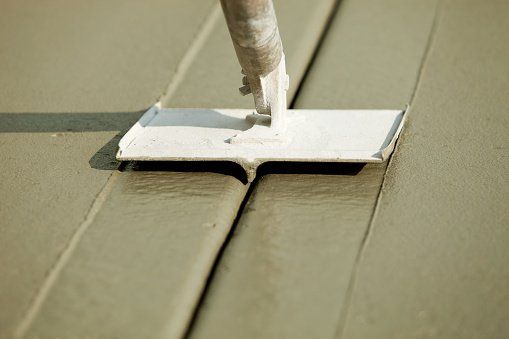
Guideline To Repair Large Concrete Fractures
Concrete crack experts employ top-secret technology to repair large fissures. Experts have honed the edges of the crack. A second requirement is that the crack takes the form of an inverted "V." It is possible to create a mechanical connection between two damaged materials that are of a different kind using this technology.
Experts use a hammer and stonework chisel tool to expand the fracture's base and remove loose material from the previous concrete. A wire brush comes in handy in this situation since it cleans out the crack of any debris. Clear the crack with a spray jet tool or a pressure washer if that's more your style. It would help if you drained debris from the fissure to remove it.
Using a wet/dry shop vacuum or a brush is an option for accomplishing this job. Carefully work your way into the fissure to remove any remaining debris. Even if the surface is wet, there should be a water pool. The best way to mix the concrete repair solution is to follow the instructions and guidelines provided by the manufacturer.
Using the trowel, you can remove any air pockets from the compound and ensure that the mending material reaches as far as possible into the hole. Troweling must be used to provide a perfect repair. After that, the compound must be incorporated into the surrounding concrete. Finally, if necessary,
dab the healing substance with a dry paintbrush.
